The Chaim Herzog Museum of the Jewish Soldier in World War II

.JPG) The Association for the Establishment of the Museum of the Jewish Soldier in World War II, Built the Museum of the Jewish Soldier in World War II, in order to tell the important and neglected chapter in the history of Jewish people, the story of the heroism alongside the Holocaust. It will also show the contribution of Jewish soldiers to the defeat of the Nazi regime and its threat to the very existence of the Jewish people.
The Association for the Establishment of the Museum of the Jewish Soldier in World War II, Built the Museum of the Jewish Soldier in World War II, in order to tell the important and neglected chapter in the history of Jewish people, the story of the heroism alongside the Holocaust. It will also show the contribution of Jewish soldiers to the defeat of the Nazi regime and its threat to the very existence of the Jewish people.
The museum is named after the late Haim Herzog, the sixth president of the State of Israel, who was an intelligence officer in the British Army during World War II, and the intelligence officer of the 7th Brigade, in the Battle of Latrun, in the War of Independence, In recognition of the Herzog family, for their assistance in establishing the museum.
The museum honor the 1,500,000 Jewish men and women who were recruited into, or volunteered for the armed forces of the Allies, the Partisans and the resistance movements, as well as perpetuating the memory of the 250,000 Jewish soldiers who gave their lives during the War.
The museum built in Latrun, on the main road between Tel-Aviv to Jerusalem.
Click to the clip describing the project
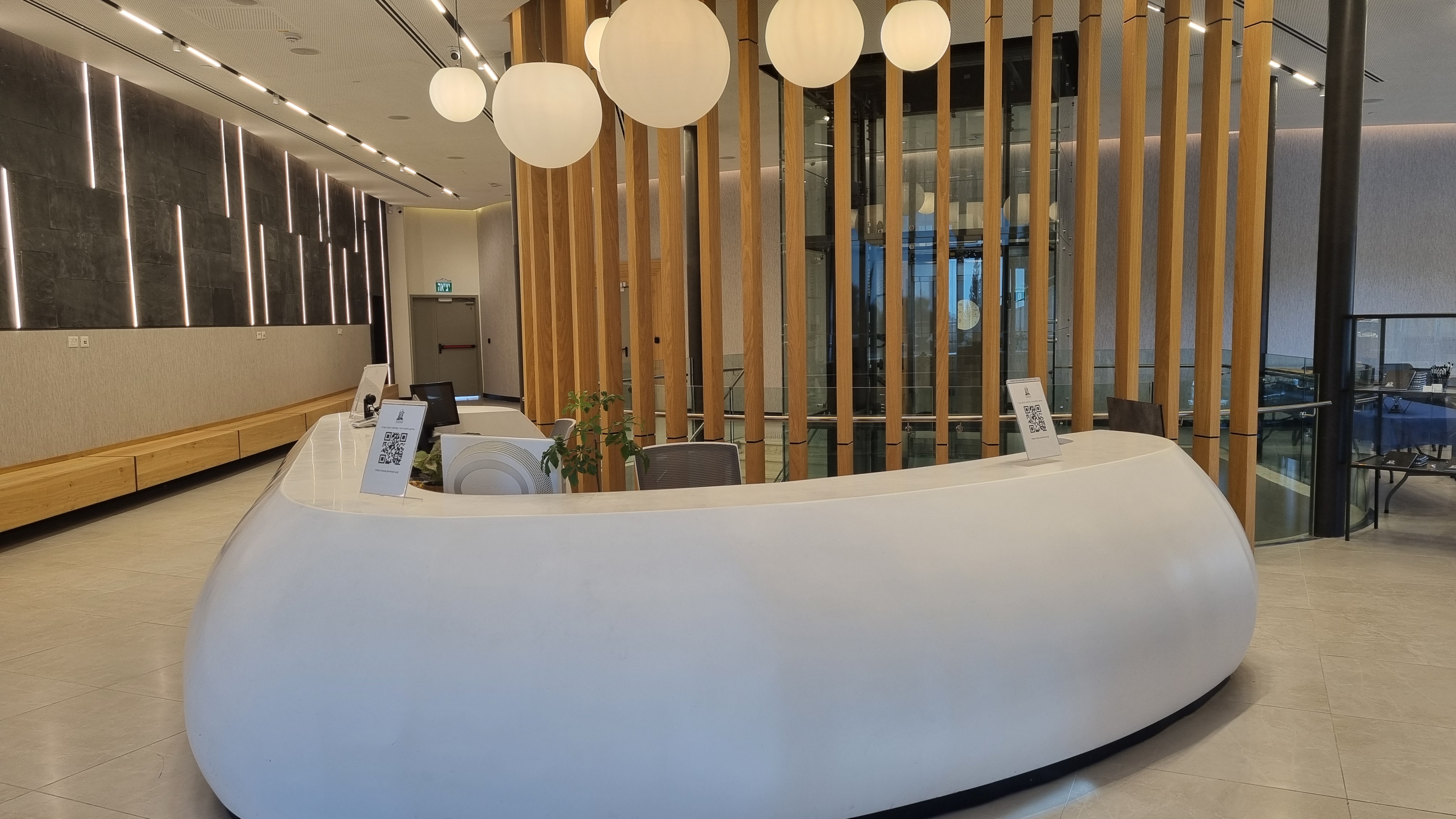
Display Center
The story of the war presented chronologically through the armies and fighters' organizations from the beginning of September 1939 until the surrender of Japan in September 1945. The story will present the role and participation of Jewish fighters in combat in decisive battles.
There is six wings in this space:
1. An Introduction to the War and the Jewish Soldier, introduce to the visitor, the subject, the atmosphere of war and the image of the Jewish soldier.

 2. The Early Years – 1939 - 1941
2. The Early Years – 1939 - 1941
The armies of the countries represented in this wing: Poland, Netherlands, Belgium, Norway, France, Britain, Greece, Australia, New Zealand, Canada, South Africa.
 3. The War in Eastern Europe - the Soviet Union
3. The War in Eastern Europe - the Soviet Union
The armies: the Soviet Union and other armies under the command of the Red Army. The campaigns: the invasion of the Soviet Union, Moscow, Stalingrad, Leningrad, Kursk, the liberation of Belarus, the liberation of the death camps, Eastern Europe and the occupation of Berlin and more.
 4. The United States
4. The United States
The entrance of the United States into the war turns the war into a world war.
The campaigns: The Western Desert, North Africa, Sicily, Italy, France and Normandy, the liberation of Western Europe, the Eastern Front and the Pacific Ocean
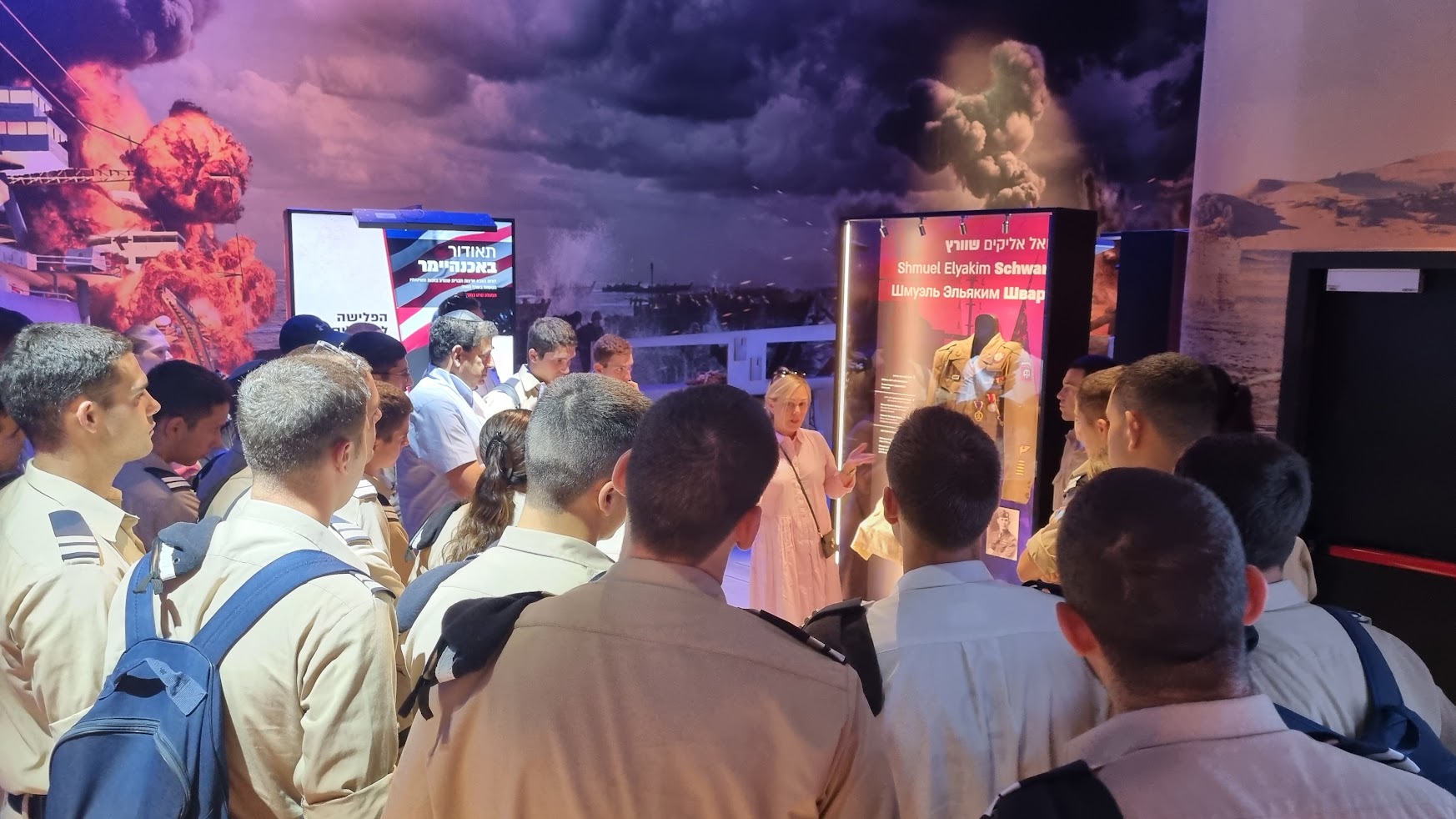 5. The partisan fighters, underground ,ghetto and concentration camp resistance fighters..
5. The partisan fighters, underground ,ghetto and concentration camp resistance fighters..
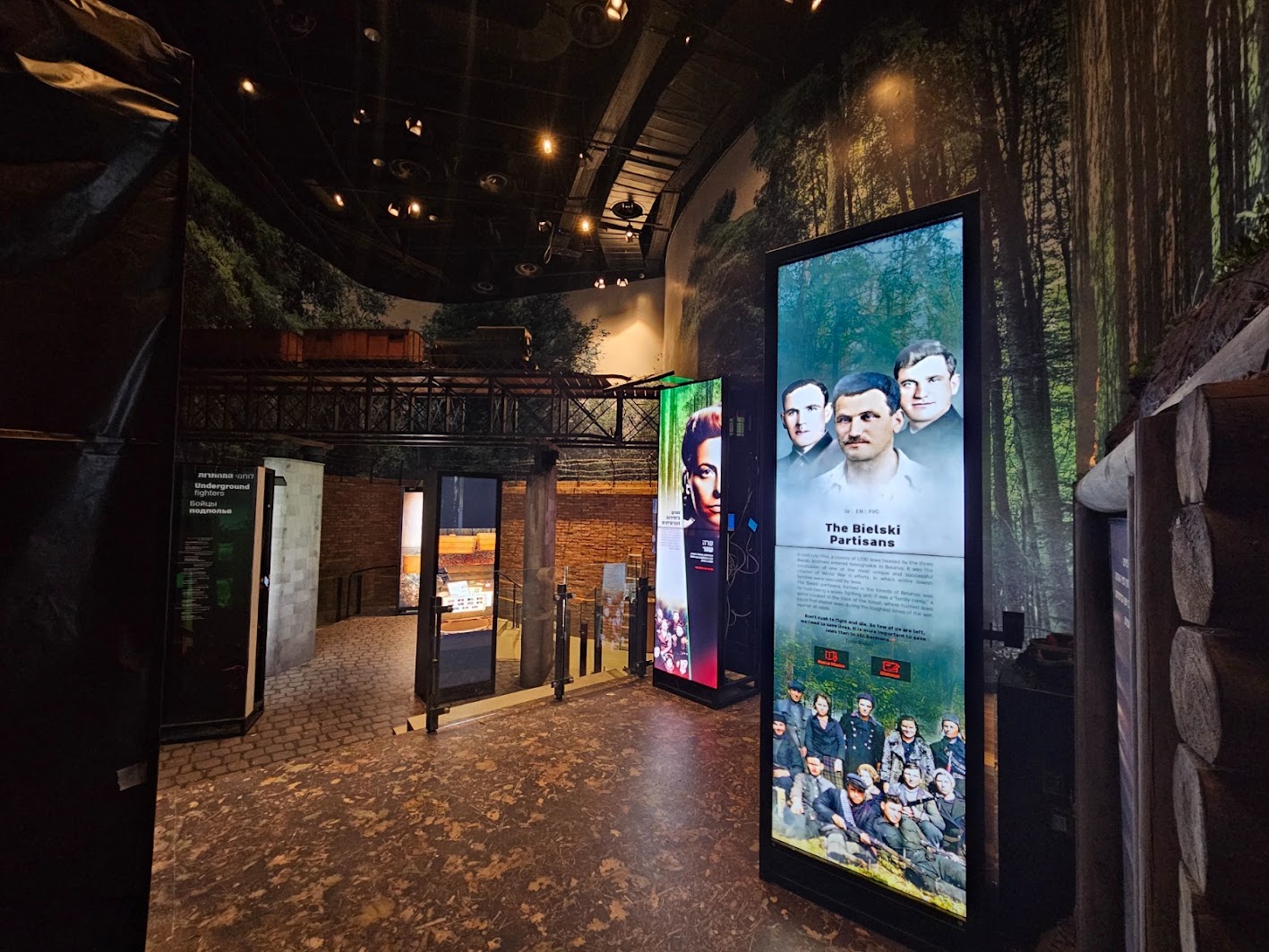 6. The Jewish Volunteers from “Eretz Israel” and the "Tkuma" (revival).
6. The Jewish Volunteers from “Eretz Israel” and the "Tkuma" (revival).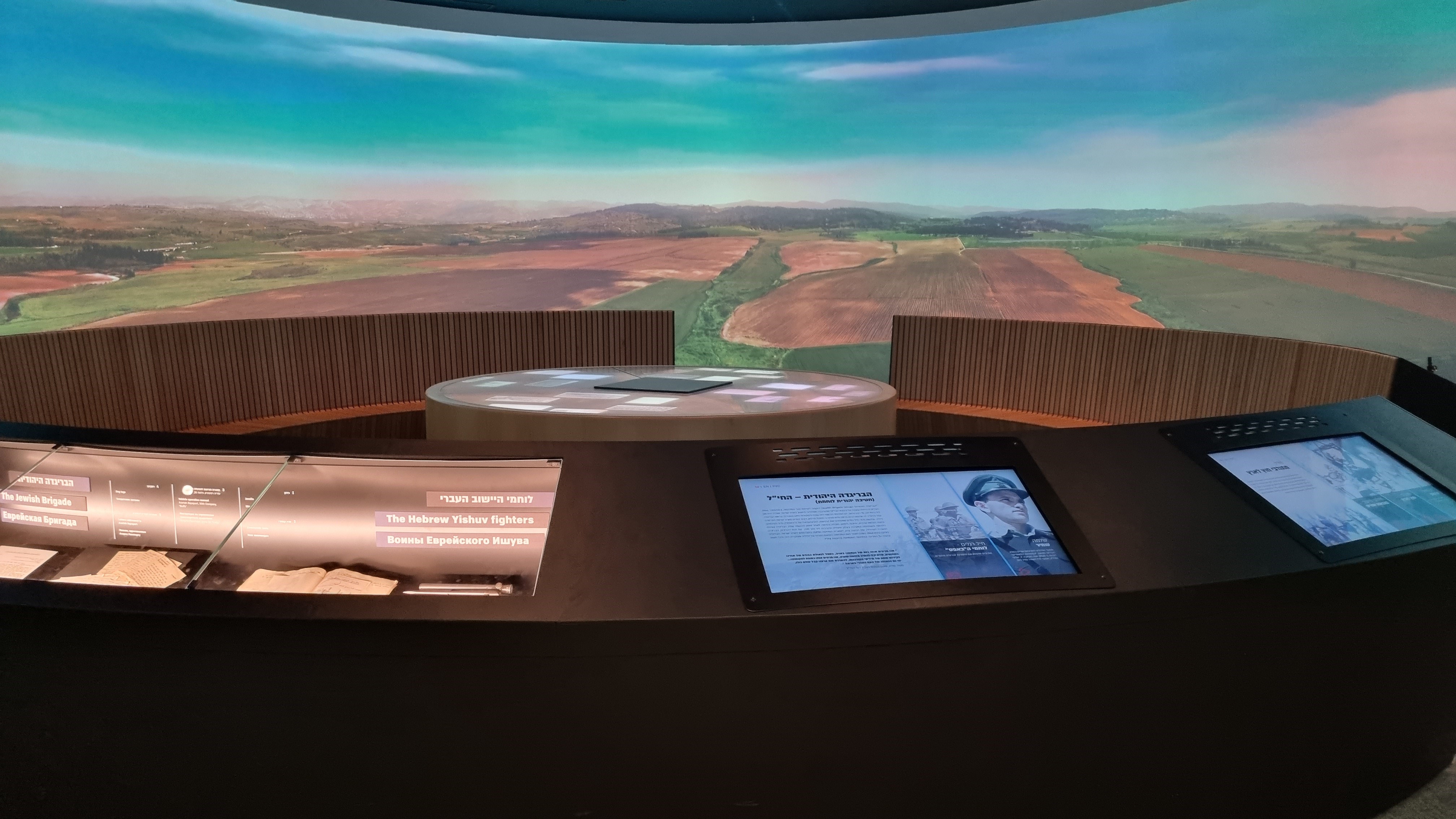
Foyer/Entrance Hall.
 Temporary exhibitions Hall.
Temporary exhibitions Hall.
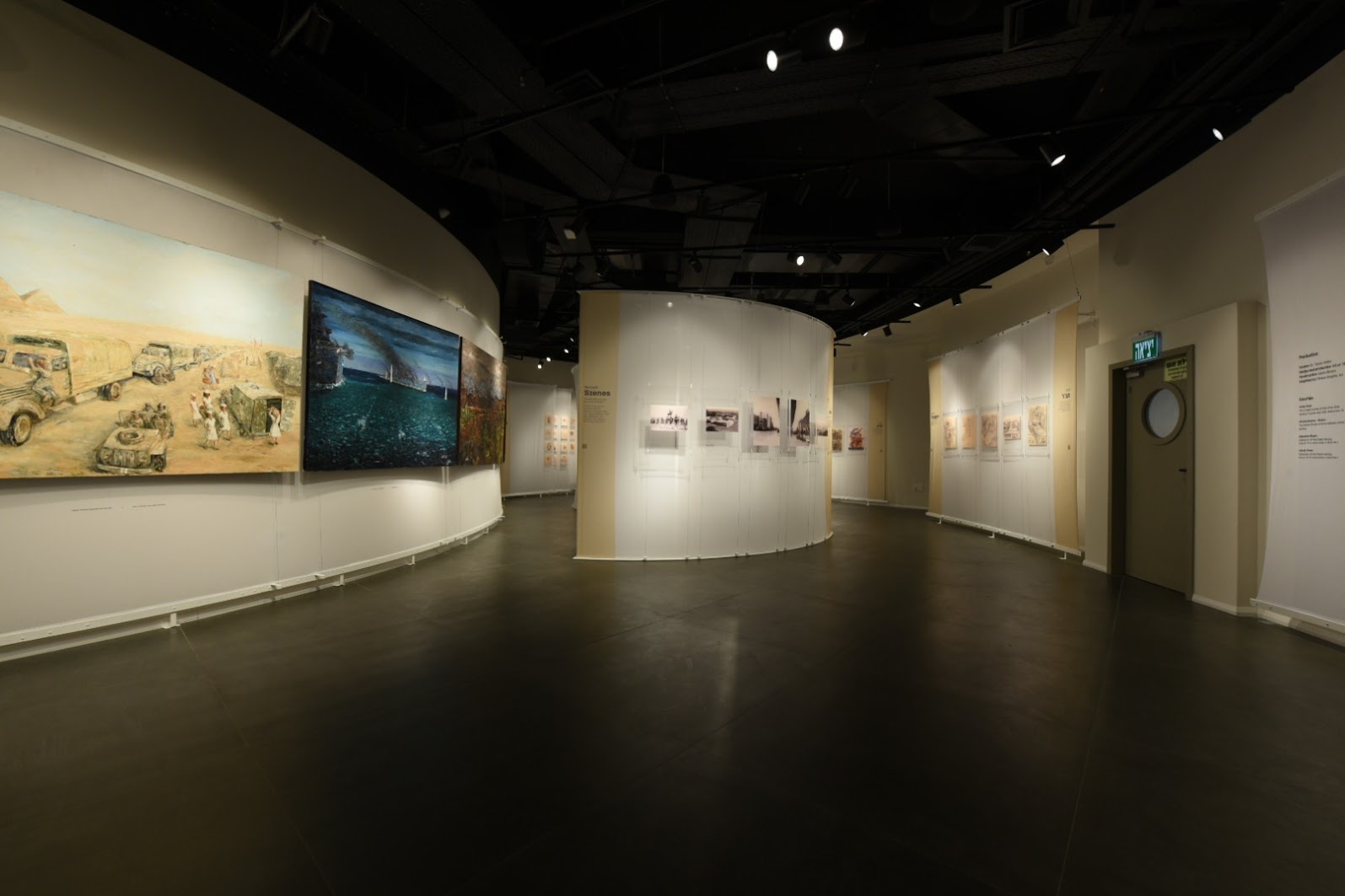 Information Centre
Information Centre
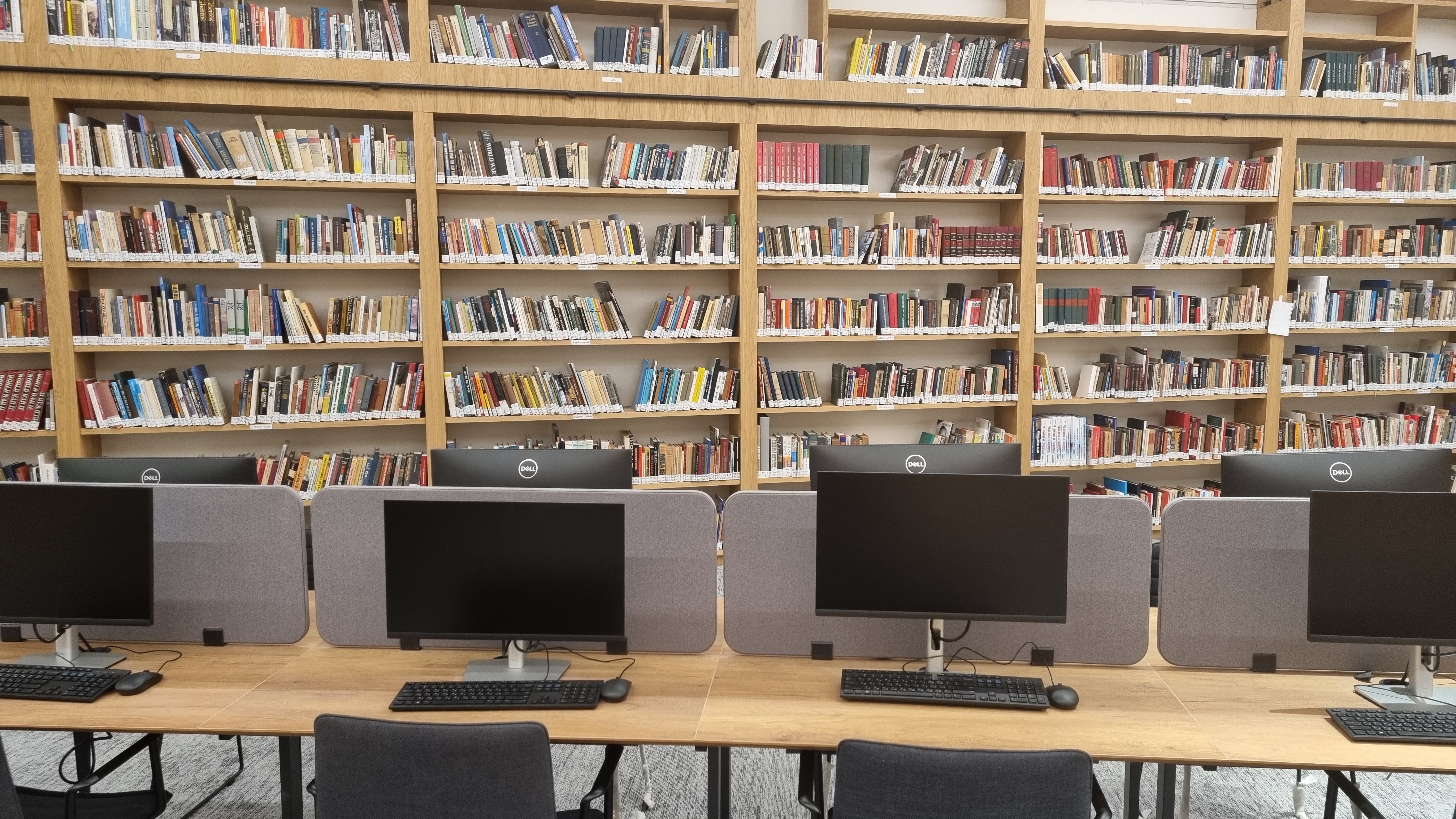 Research and Study Center.
Research and Study Center.

Conference Hall - auditorium / classrooms - for briefing and discussion.
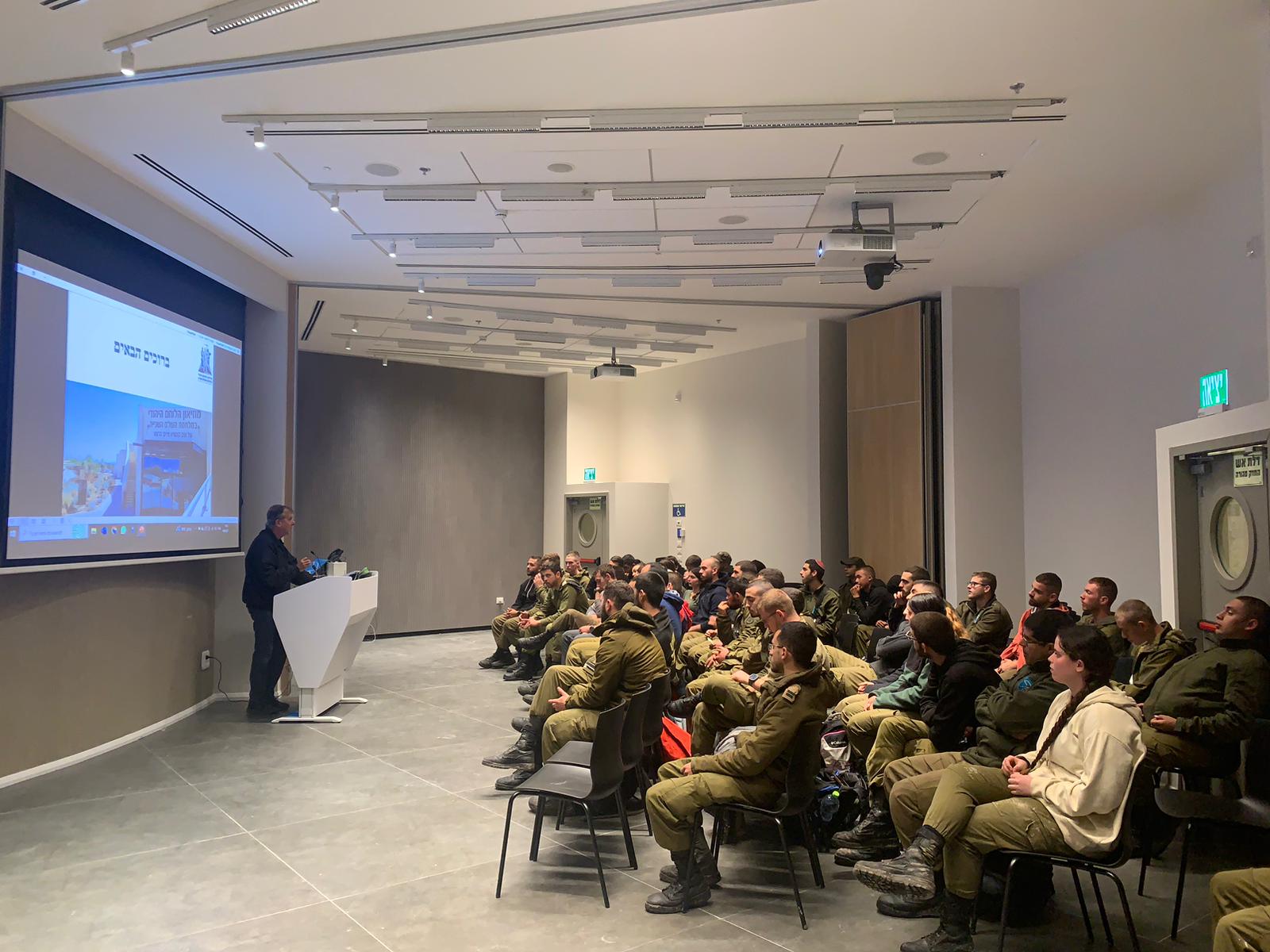 Administrative area - include conference room, offices
Administrative area - include conference room, offices